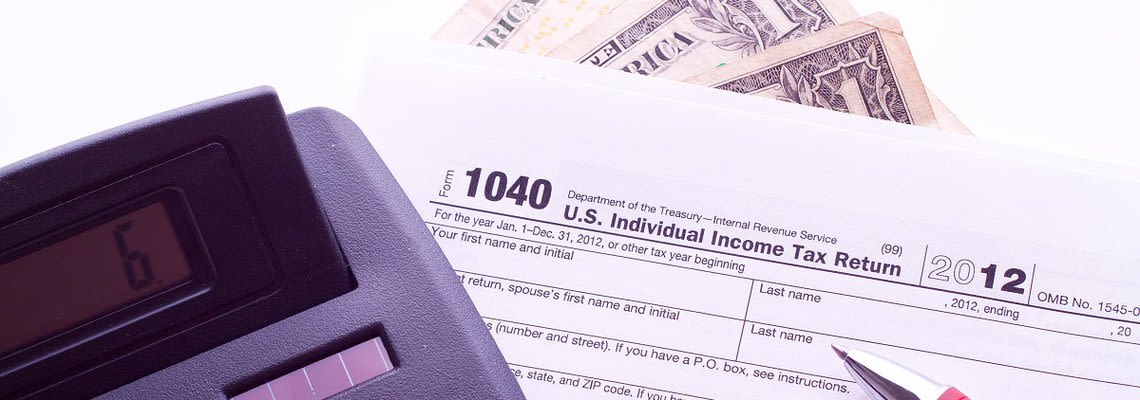
ESTABLISHING "MATERIAL PARTICIPATION" IN A BUSINESS
The issue of material participation can be important for you as a business owner or investor, as whether or not you qualify as a material participant determines the extent to which you are permitted to deduct losses.
For example, if you are completing Schedule C of Form 1040 to report your business’ profits and losses, you will have to check a box indicating whether you materially participated in the business during the tax year. Generally, if you participated in a business on a “regular, continuous, and substantial basis,” you can claim material participation by checking “yes.” Most sole proprietors are qualified to check the box marked “yes,” as they typically spend substantial amounts of time running their business.
Merely having a financial interest in a business, even if it is significant, does not meet the criteria unless you also handle the day-to-day management of the business. Thus, your management activities do not qualify if you are simply reviewing financial statements, monitoring operations, or providing business advice.
If you check “no,” the business counts as a passive activity. This limits your allowable losses, as passive activity losses can only be deducted against passive activity income. Passive income generally refers to the proceeds from a financial investment in a business or rental property that does not require significant time or effort to manage after the investment is made. This question is posed because the Federal government does not want taxpayers to try to claim losses on passive investments as regular business losses, which are deductible against their ordinary income. If you do not have sufficient passive income to deduct passive income losses, the deductions must be suspended and claimed in a year when you have more passive income or sell the investment.
You can claim to have materially participated in the operation of a trade or business activity by meeting one of seven tests:
You work 500 hours or more during the year in the activity.
You do substantially all the work in the activity.
You work more than 100 hours in the activity during the year and no one else works more than you do.
The activity is a significant participation activity (SPA), and the sum of the SPAs in which you work 100–500 hours exceeds 500 hours for the year.
You materially participated in the activity in any five of the prior 10 years.
The activity is a personal service activity and you materially participated in that activity in any three prior years.
Based on all of the facts and circumstances, you participate in the activity on a regular, continuous, and substantial basis during such year. However, this test only applies if you work at least 100 hours in the activity, no one else works more hours than you in the activity, and no one else receives compensation for managing the activity.
In some cases, it is possible to group together related businesses as a “single activity” to meet these tests. Participation by your spouse during the tax year in a business you own can be counted as your participation in the activity, even if your spouse does not own an interest in the activity, and regardless of whether you file a joint return.
However, the IRS may be suspicious of your claim that you or your spouse materially participated in the business if, for example, you live far from the business, were not compensated for your work, or have a full-time job or many other businesses and investments to manage.
It is difficult to claim material participation in rental activities. According to the IRS, the long-term leasing or rental of real estate is considered a passive activity even if you materially participated in the activity, unless you did so as a real estate professional. To qualify as a real estate professional, more than half of the work you perform in trades or businesses during the taxable year must be in real property trades or businesses in which you materially participate, and you must work more than 750 hours a year in these businesses.
You may, however, be permitted to deduct up to $25,000 of rental property passive income losses if you can demonstrate that you actively participate in the property. Active participation is defined as owning at least a 10% stake and making management decisions, such as approving tenants, setting rental terms, and authorizing repairs. This deduction phases out at modified adjusted gross incomes of between $100,000 and $150,000.